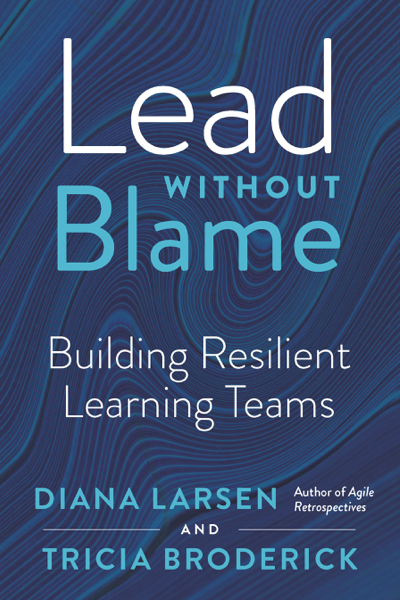Somehow in the world of Agile, many teams (leaders) have forgotten/neglected the powerful tool of Risk Management, specifically Risk Response Strategies. I’m not going to be sharing any new definitions. This stuff has been around for quite some time but to summarize:
In the PMBOK Guide, we have following strategies to manage negative risks:
- Mitigate: minimize either the probability of the risks happening or the impact
- Transfer: transfer the risk to a third party to manage it
- Avoid: try to eliminate the risk or its impact on your project objective
- Accept: don’t take any action to manage the risk but you do acknowledge it
This little mouse example:
- Mitigate: Helmet
- Transfer: Have another mouse own getting the cheese
- Avoid: Walk away from the cheese
- Accept: No helmet, just go for the cheese.
Now most teams think at least some risks that are threats. They often try to mitigate the risk. What I’ve found less frequently is thinking about risk as opportunities and how to respond to those. The following strategies are used to manage positive risks:
- Enhance: try to increase the chance of a risk happening so you can realize the benefit of this positive risk
- Exploit: you ensure that the opportunity is realized
- Accept: you don’t take any action to realize the opportunity
- Share: may team up with another company and work together to realize the opportunity
Unfortunately, there is not a clever photo that I’ve found to give examples (if you think of one, please send me a message!).
Personally, I’ve experienced positive risks are plenty once I started looking for them. I’m going to use leading Agile2017 conference as an example:
- Enhance: Increase volume of submissions to amplify program quality (raised communications, considered Monday deadline, etc) = record submission number achieved
- Exploit: Track chairs and their teams submit stellar recommendations (we selected track chairs with experience) = co-chairs are rockstars!
- Accept: Rooms sizes (now this could easily be a threat or an opportunity – it’s why it fell in accept. We can’t control what the room sizes are – so we accepted this risk) = super happy when we found out the room sizes for Orlando will realize an opportunity to be spacious for tables in each room.
- Share: I’ll have to defer on giving an example on this one because this is outside of the chair’s responsibility. The examples are tied to logistics/events. Sorry.
Being agile means understanding risk identification and response strategies, constantly performed for both threats and opportunities.
Are you managing your risks frequently?





